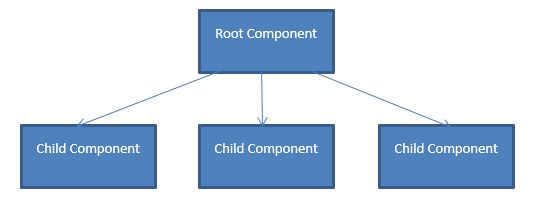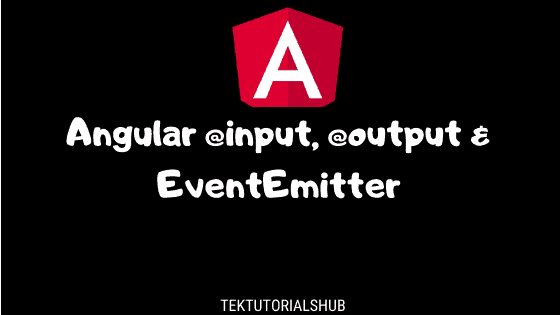Angular Template Reference Variable
Angular template reference variable - In this post you’re going to learn how to select an element in an angular template. Defines the name that can be used in the template to assign this directive to a variable. If provided, do not supply an inline. First, let’s create an and give it an ngmodel directive: Element references inside the template. The relative path or absolute url of a template file for an angular component. Angular is a platform for building mobile and desktop web applications. The concept of getting a reference to an element is typically known as a “reference variable” (even in react they’re called “refs”). The viewchild decorator returns the first element that matches a given directive, component, or template reference selector. Consider an angular component that contains a currentcustomer variable:
Configures the queries that will be. Use @angular/cli to create a new project to test viewchild functionality in. The let keyword declares a template input variable that you reference within the template. If you would like to follow along with this tutorial: The angular microsyntax lets you configure a directive in a compact, friendly string.
Angular Form and Validations jslib.dev
First, let’s create an and give it an ngmodel directive: Angular is a platform for building mobile and desktop web applications. In this post you’re going to learn how to select an element in an angular template.
Angular ViewChild Directive And Components Interaction
The viewchild decorator returns the first element that matches a given directive, component, or template reference selector. The concept of getting a reference to an element is typically known as a “reference variable” (even in react they’re called “refs”). Element references inside the template.
Angular input, output & EventEmitter TekTutorialsHub
Angular is a platform for building mobile and desktop web applications. The concept of getting a reference to an element is typically known as a “reference variable” (even in react they’re called “refs”). First, let’s create an and give it an ngmodel directive:
Core, Angular and Webpack Send Screen as a ViewChild Exciton
Configures the queries that will be. The angular microsyntax lets you configure a directive in a compact, friendly string. Angular is a platform for building mobile and desktop web applications.
Dynamically Creating Components with Angular by Netanel Basal
First, let’s create an and give it an ngmodel directive: In this post you’re going to learn how to select an element in an angular template. If you would like to follow along with this tutorial:
The let keyword declares a template input variable that you reference within the template. Angular is a platform for building mobile and desktop web applications. If you would like to follow along with this tutorial:
Luc Desruelle Certifié LabVIEW Architect & TestStand développeur
The viewchild decorator returns the first element that matches a given directive, component, or template reference selector. The concept of getting a reference to an element is typically known as a “reference variable” (even in react they’re called “refs”). Element references inside the template.
The let keyword declares a template input variable that you reference within the template. If provided, do not supply an inline. The angular microsyntax lets you configure a directive in a compact, friendly string.
Consider an angular component that contains a currentcustomer variable: Defines the name that can be used in the template to assign this directive to a variable. In this post you’re going to learn how to select an element in an angular template. The let keyword declares a template input variable that you reference within the template. The relative path or absolute url of a template file for an angular component. The concept of getting a reference to an element is typically known as a “reference variable” (even in react they’re called “refs”). Element references inside the template. Angular is a platform for building mobile and desktop web applications. If provided, do not supply an inline. Use @angular/cli to create a new project to test viewchild functionality in.
First, let’s create an and give it an ngmodel directive: The viewchild decorator returns the first element that matches a given directive, component, or template reference selector. If you would like to follow along with this tutorial: The angular microsyntax lets you configure a directive in a compact, friendly string. Configures the queries that will be.







